When it comes to cabinets, it may be just an unobtrusive device in the data center, and it is rarely noticed. However, the server, storage, switching, and security devices in the data center need to be installed in the cabinet. The cabinet provides basic services such as power and cooling. It is also an important part of the data room. In fact, different devices have strict requirements on cabinet specifications, standards, power supply capabilities, and electrical compatibility. This seemingly inconspicuous cabinet requires strict design in data center power supply, ventilation, and layout. Designed to complete data center construction and business planning.
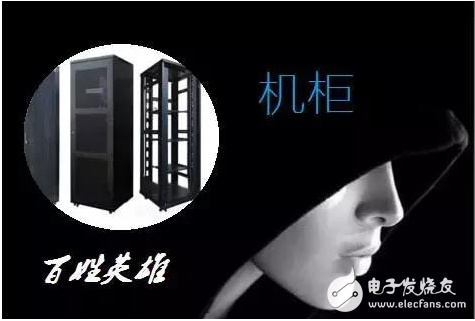
The industry standard for machine width and height is not uniform. If the width is not satisfied, the equipment may not be installed. If the depth is not satisfied, the tail of the device may protrude outside the cabinet. The height is not enough, resulting in insufficient installation space. Each piece of equipment has strict requirements on the cabinet, for example, the width is not less than 600mm, the depth is not less than 1100mm, the height is not less than 2000mm, and the available height space is not less than 42U.
The power input power of the cabinet should not be less than the total power consumption of each device in the cabinet. Otherwise, the power supply system of the customer may have risks such as tripping. Therefore, it is necessary to evaluate whether the power consumption is satisfied.
In the specific implementation, it is also necessary to consider the load-bearing capacity of the cabinet, especially the load-bearing capacity of the machine room floor. Because the whole cabinet is heavy, it avoids the safety risk of the client room, and the load-bearing capacity of the cabinet and the floor should be evaluated.
After the equipment is added to the cabinet, the ventilation and heat dissipation in the equipment room are changed. The heat dissipation capability should be evaluated to avoid device failure due to excessive ambient temperature.
Cabinet related standardsWhen designing the cabinet, it is required to follow certain standard specifications. The most popular cabinet specifications are IEC (InternaTIonal Electrotechnical Commission) 60297-1, 60297-1 standard, EIA-310-D "19-inch cabinet standard", etc. Specification GB/T4054-1983 level requirements, as well as CISPR 22 (2003), CISPR 24 (1998-09 + A1:2001 A2:2003), IEC61000-4-2-X series electromagnetic compatibility standards, and so on.
The most commonly used cabinets in the data center generally adopt the requirements of 19-inch mechanical structure size (IEC 60297-2 specification). The modular structure is convenient for expansion and maintenance; the outer surface and frame of the cabinet are mostly gray.

Regarding the cabinet space calculation, U is generally used for measurement, 1U=1.75inch, which is about 44.45mm. U is the height unit defined in the IEC (InternaTIonal Electrotechnical Commission) 60297 standard; the empty cabinet weight refers to the weight of the cabinet with the front door and the rear door.
Cabinet structure and component compositionDifferent standard cabinets have slightly different structures and components, but in general, common cabinets include front doors, racks, and rear doors. Some dedicated cabinets also include PDUs, power supplies, cooling systems, management systems, and more.
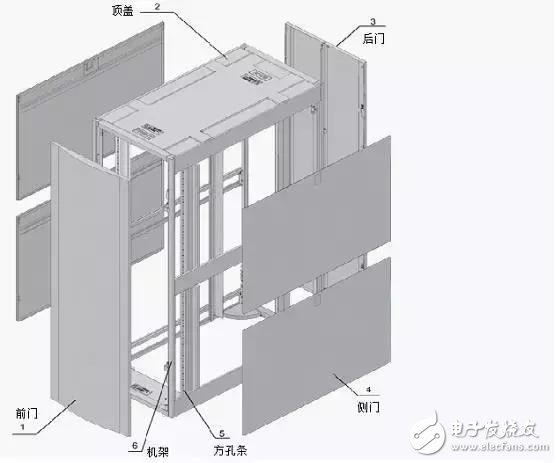
It mainly relates to the ambient temperature of the cabinet work and the relative humidity of the working environment. In order to ensure that the equipment always has a good working condition, it is necessary to maintain a certain temperature and humidity in the equipment room.
The temperature and humidity of the equipment room refers to the value measured at 1.5m on the ground and 0.4m in front of the equipment; the short-term working conditions refer to no more than 48 hours in a row and no more than 15 days in a year.
Structural features of the cabinetIt mainly includes cabinet materials, wiring methods, ESD jacks, cabinet cooling, cabinet protection, installation scenarios, and cabinet cabinets.
The material of the cabinet is generally made of high-strength A-grade high-quality carbon cold-rolled steel plate and galvanized sheet. The internal materials also have certain standards and specifications to be followed. For example, the fire performance meets UL (Underwriter Laboratories) standards and meets RoHS (RestricTIon of the use of certain Hazardous Substances requires that the internal material fire performance meets UL (Underwriter Laboratories) standards.
There are threaded holes at the top and bottom of the cabinet, which support the top and bottom outlets.
Wear an ESD-preventive wrist strap when the cabinet is installed. The end of the ESD-preventive wrist strap must be inserted into the ESD jack in the middle of the cabinet.
An ESD-preventive wrist strap is required for the installation and maintenance. The ESD-preventive wrist strap is inserted into the ESD jack of the cabinet.
The front and rear doors and the bottom plate of the cabinet are provided with high-density ventilation holes to support the forward air, the rear air outlet, the underfloor air inlet, and the upper and lower air ventilation modes, so that the cabinet has good heat dissipation performance.
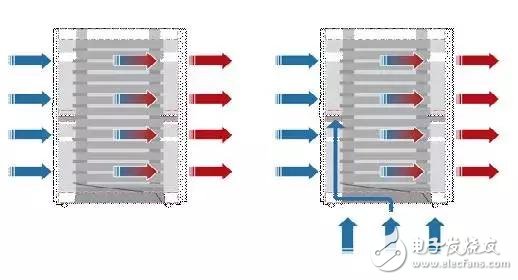
In terms of protection, the cabinet is designed with electromagnetic compatibility in mind and the cabinet has good electromagnetic shielding performance. The air vents on the bottom plate of the cabinet are lined with air filters to ensure good dustproof performance. The design is also considered to have good grounding of the components of the cabinet. The grounding resistance is not more than 0.1 ohm.
The cabinet supports the side-by-side cabinets, and the top is connected by the cabinet connection board. The cabinet can be safely fixed and the space between the cabinets can be effectively utilized. This can save space and cost for the customers who rent the equipment room.
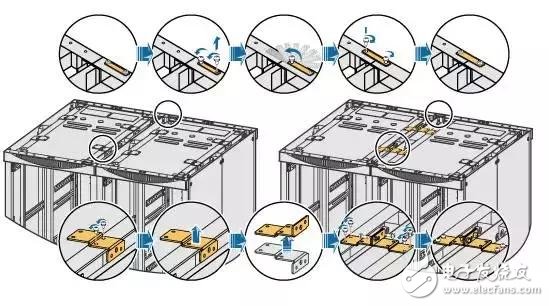
In some custom or high-end cabinets, the Rack Management Controller (RMC) is generally configured to directly manage modules and small systems such as power modules and fans.
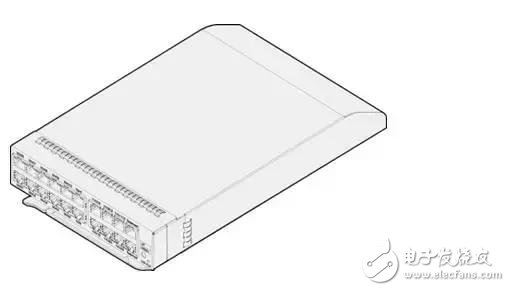
Power modules are generally divided into AC/DC (compatible with DC/DC) to provide power for DC devices in the cabinet. The power modules support hot swap and redundant backup. The power management is implemented through the RMC management module, including power status monitoring and power capping.
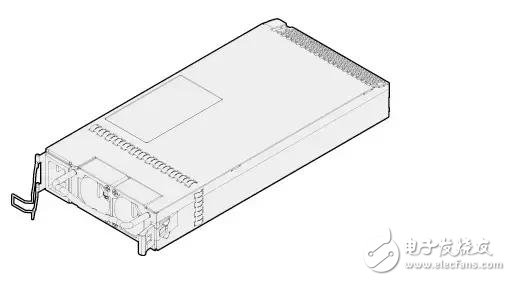
The power distribution unit of the PDU (Power DistribuTIon Unit) is divided into DC PDUs, three-phase AC PDUs, and single-phase AC PDUs to provide power distribution for power modules and switches in the cabinet. The following is a schematic diagram of unidirectional PDUs.
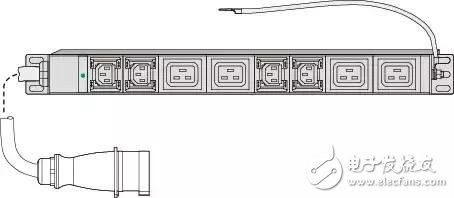
The PDU is used as a supporting cabinet and is also one of the necessary components of the cabinet. It also needs to consider CE, ROHS and other certification requirements, and consider whether the input terminal type IEC 309 is met, and the output is connected to IEC 320 C13 and IEC 320 C19.
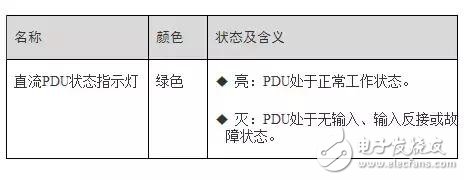
The PDUs of most manufacturers' cabinets are purchased from APC, and the PDU plugs of L15-30P are of different types. Each country also has its own national specifications. The common plug modes are L15-50, L15-30P and L21-30P. .
The updating of electronic products is so rapid that it is difficult for business operators to get the latest screen protector.
Mietubl on demand screen protector cutting machine is for on demand cutting screen protector, mobile phone back skin, lens protector, tablet screen guard as well as smartwatch protector.
Screen Protector Machine,Screen Protector Cutting Machine,Screen Protector Applicator Machine,Screen Guard Making Machine
Mietubl Global Supply Chain (Guangzhou) Co., Ltd. , https://www.mietublmachine.com